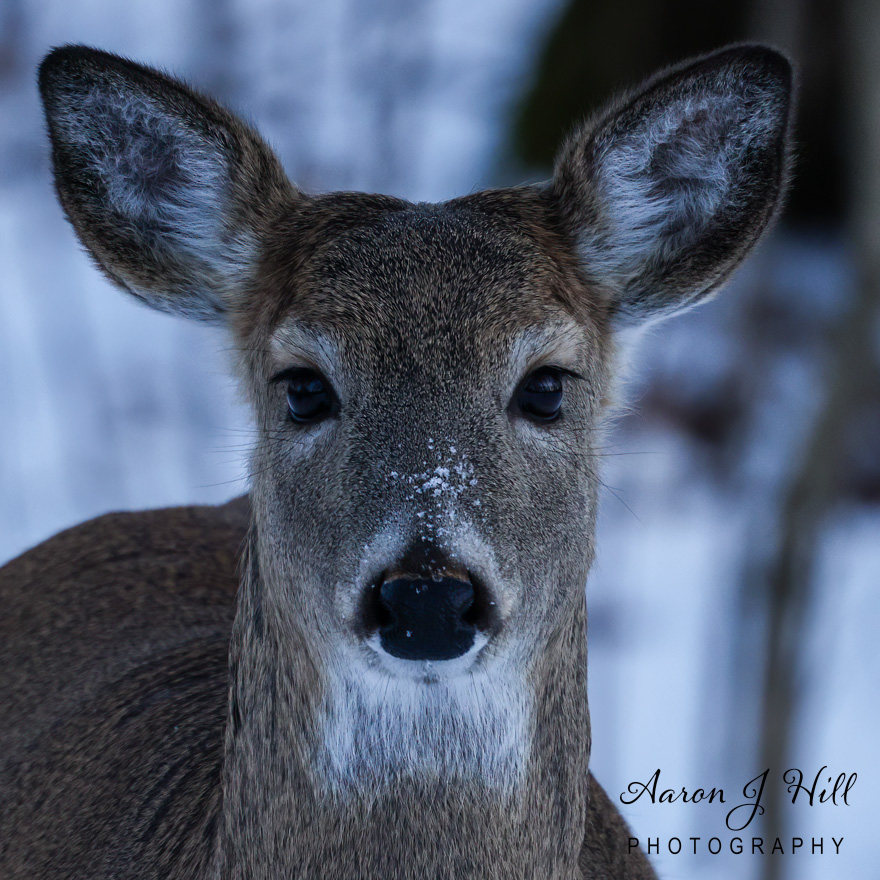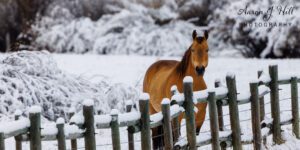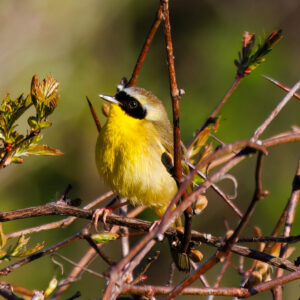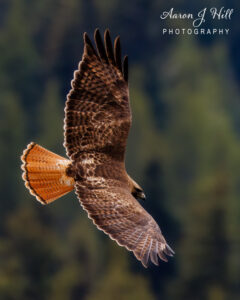The sight of a deer in snow is breathtaking. Winter blankets the land in white, making these graceful creatures stand out. They embody the quiet resilience of wildlife in harsh conditions. This post explores their beauty, behavior, and survival strategies. It also highlights their artistic and symbolic significance.
The Beauty of Deer in Snow
Seeing a white-tailed deer (Odocoileus virginianus) stepping through fresh snow is magical. Their warm brown fur contrasts beautifully with icy blues and whites. Snow clings to their coats. Their dark eyes reflect the peaceful but cold surroundings. This creates stunning photography opportunities.
This deer in snow photograph captures an intimate moment. Snowflakes rest on its black nose. Its large, alert ears tell a story of survival. The calm yet cautious expression shows the balance between vulnerability and strength in winter wildlife.
How Deer Adapt to Snowy Conditions
Surviving winter is difficult, but deer have developed key adaptations:
- Thicker Winter Coats: They grow an insulating undercoat and long guard hairs to retain heat.
- Reduced Activity: To conserve energy, deer limit movement and rest in sheltered areas.
- Foraging Strategies: They rely on twigs, bark, and evergreens when vegetation is buried under snow.
- Herd Behavior: In deep snow, small groups form to move efficiently and detect predators.
The Symbolism of Deer in Snow
Throughout history, deer symbolize grace, gentleness, and spiritual connection. In snowy landscapes, their meaning deepens:
- Tranquility: A still deer embodies peace and mindfulness.
- Survival and Resilience: Their endurance through harsh winters represents strength.
- Seasonal Beauty: Snow-covered deer evoke nostalgia, holiday imagery, and winter art.
Capturing the Perfect Deer in Snow Photograph
Photographing a deer in snow requires patience and an eye for light. Here are some tips:
- Use Soft Morning or Evening Light: Golden hours add warmth and depth.
- Be Stealthy and Respectful: Move quietly and keep your distance.
- Focus on Details: Capture snowflakes on fur and the texture of the landscape.
- Adjust Camera Settings: Increase exposure to prevent snow from looking gray. Adjust white balance for natural tones.
Where to See Deer in Snow
To witness deer in snow, visit these prime locations:
- National Parks: Yellowstone, Grand Teton, and Rocky Mountain offer excellent winter sightings.
- Forested Areas: Wooded regions attract deer seeking shelter and food.
- Suburban Parks and Trails: Even urban areas have green spaces where deer navigate snowy landscapes.
Conclusion
A deer in snow is more than a striking image. It reminds us of nature’s resilience, beauty, and quiet power. Whether seen in person or captured in photography, these moments bring peace and appreciation for wildlife.



